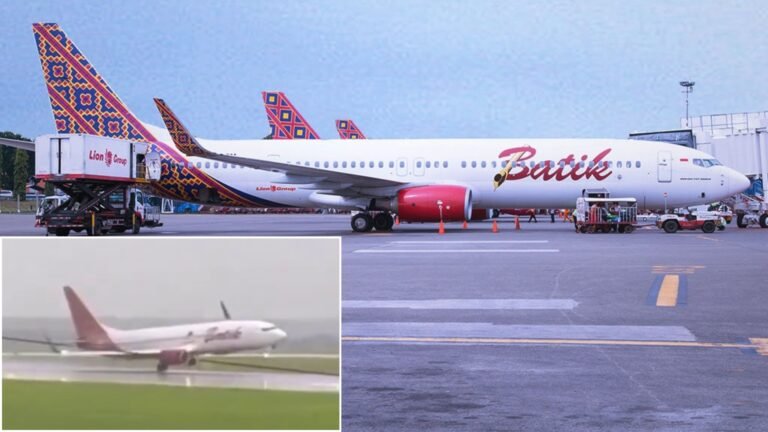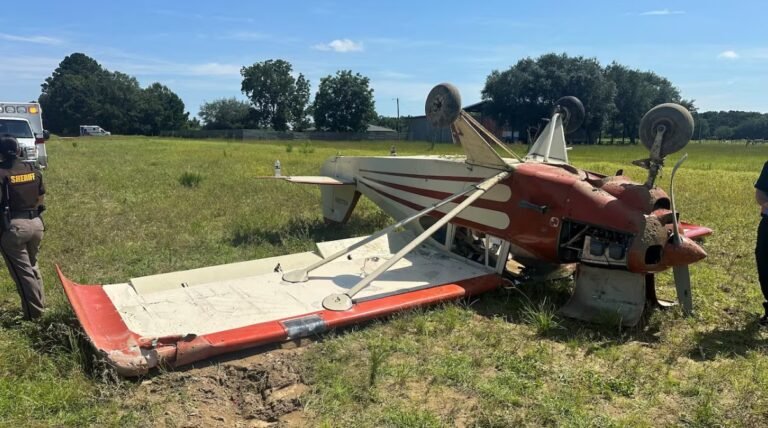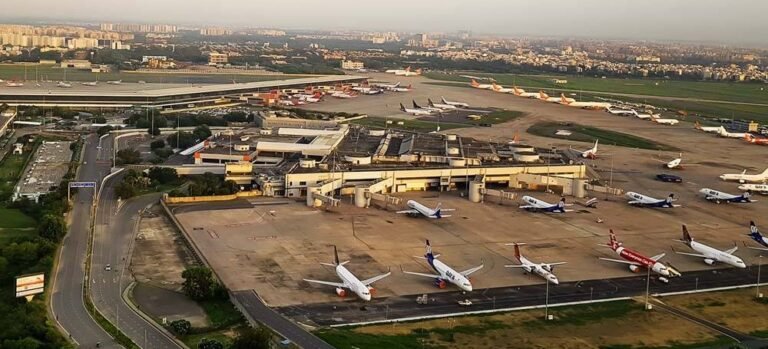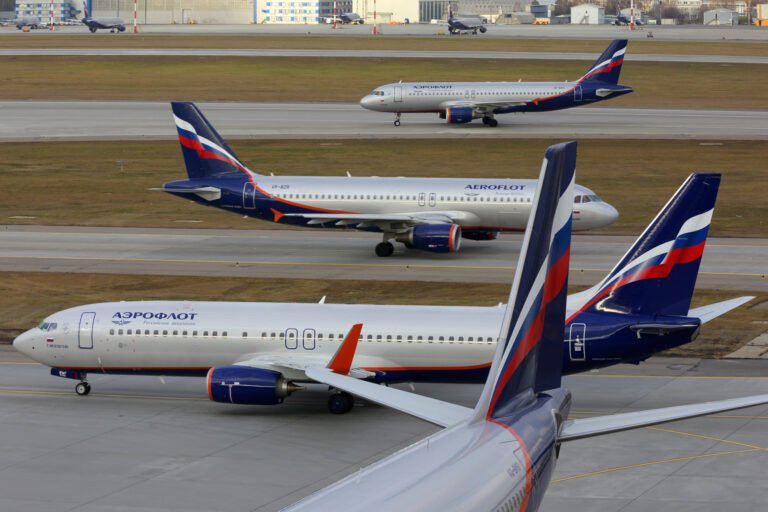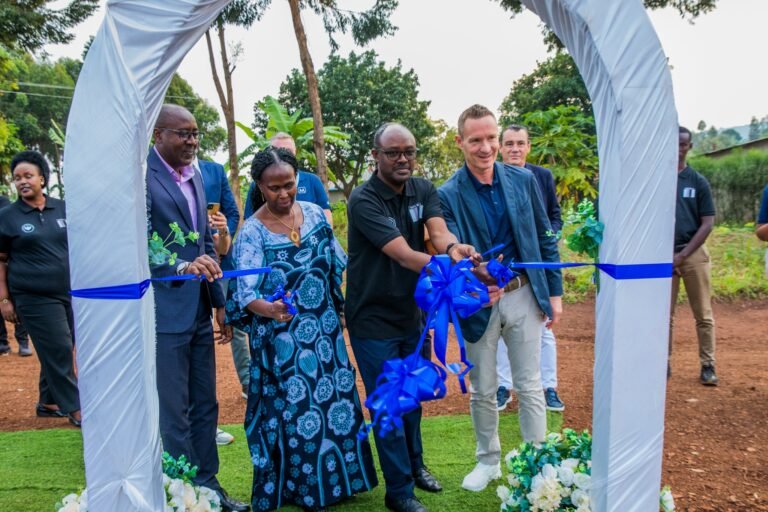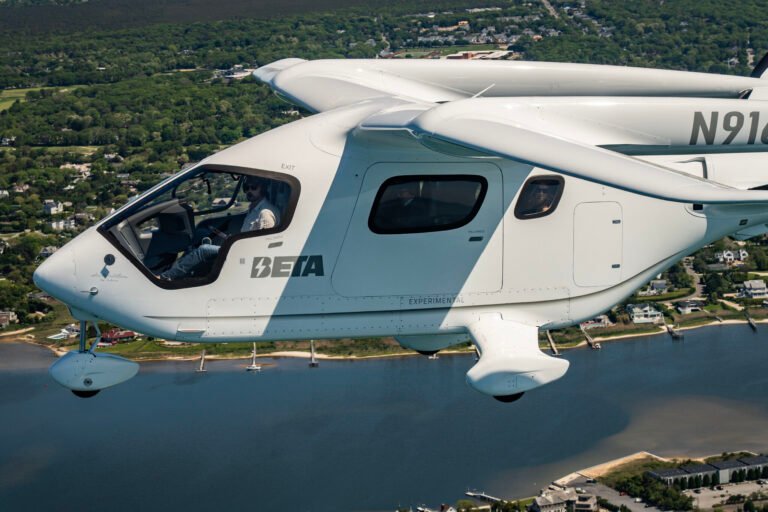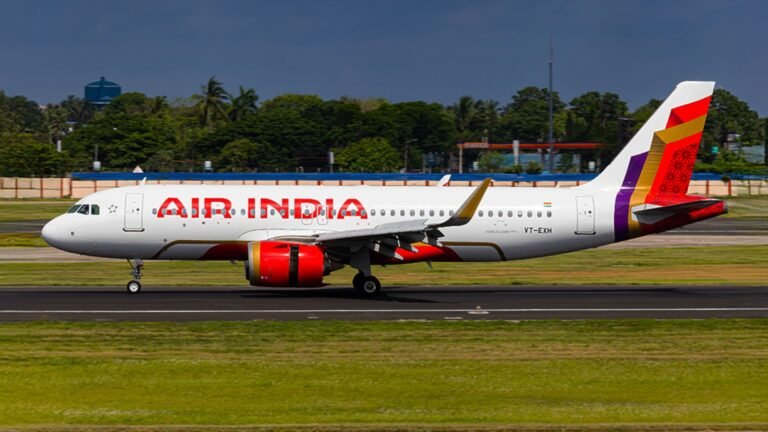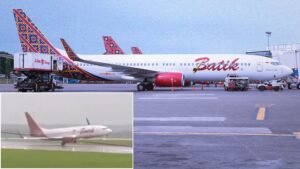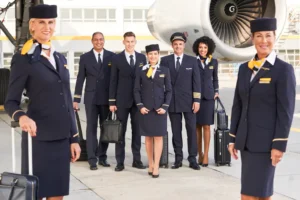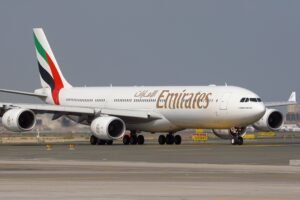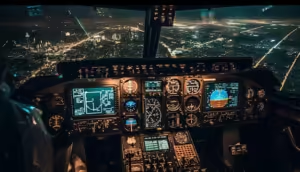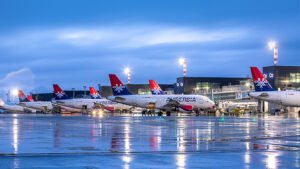Picture credits: Wikipedia
Kuala Lumpur: AirAsia Aviation Group is gearing up for a significant expansion in 2025 by adding 14 new aircraft to its fleet. This move is in response to the anticipated surge in travel demand across the ASEAN region and beyond.
Fleet Expansion Details
The group has confirmed that four of these new planes will be sourced directly from Airbus, while the remaining ten will come from leasing companies. This strategic expansion aims to bolster AirAsia’s capacity and connectivity, ensuring they meet the growing needs of travelers.
Passenger Growth Projections
AirAsia is setting ambitious targets for the fiscal year 2025, aiming to serve 70 million passengers. This projection marks an 11% increase compared to the previous year, reflecting the airline’s confidence in the market’s recovery and growth.
Strategic Focus Areas
To achieve these goals, AirAsia is focusing on several key areas:
- Enhancing Capacity: Introducing more flights and routes to accommodate the increasing number of travelers.
- Improving Connectivity: Strengthening both domestic and international networks to offer seamless travel experiences.
- Optimizing Operations: Streamlining processes to boost efficiency and maintain cost leadership in the industry.
In a statement, the group emphasized its commitment to operational excellence and cost leadership, with immediate priorities to strengthen its domestic market share and improve Fly-Thru connectivity across all operating markets. In the medium term, AirAsia plans to explore expansion into key global destinations to offer new travel options to its guests.
Bo Lingam, the Group CEO of AirAsia Aviation Group, expressed optimism about the airline’s growth trajectory. He highlighted that with the next 56 aircraft already financed, AirAsia is well-positioned for expansion. Lingam stated that this growth is not just about increasing fleet size but also about enhancing flight availability, opening new destinations, and making travel more seamless and affordable.
AirAsia is poised to consolidate its network by integrating the efficiency of its short-haul routes with the reach of its long-haul operations. The introduction of Airbus A321XLR and A321LR aircraft is expected to revolutionize low-cost regional and long-haul connectivity.
Additionally, the Airbus A330 fleet will be optimized for long-haul routes, supporting AirAsia’s push into new intercontinental markets. This strategically planned fleet expansion will allow the airline to reduce costs while improving fuel efficiency, ensuring a sustainable and cost-effective growth model.
Stay informed with the latest in aviation by following Aviation Today.





